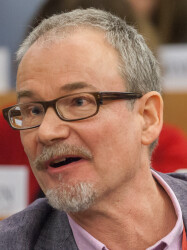BibTex format
@article{Henderson:2014:ageing/afu067,
author = {Henderson, C and Knapp, M and Fernandez, J-L and Beecham, J and Hirani, SP and Beynon, M and Cartwright, M and Rixon, L and Doll, H and Bower, P and Steventon, A and Rogers, A and Fitzpatrick, R and Barlow, J and Bardsley, M and Newman, SP},
doi = {ageing/afu067},
journal = {Age and Ageing},
pages = {794--800},
title = {Cost-effectiveness of telecare for people with social care needs: the Whole Systems Demonstrator cluster randomised trial},
url = {http://dx.doi.org/10.1093/ageing/afu067},
volume = {43},
year = {2014}
}

